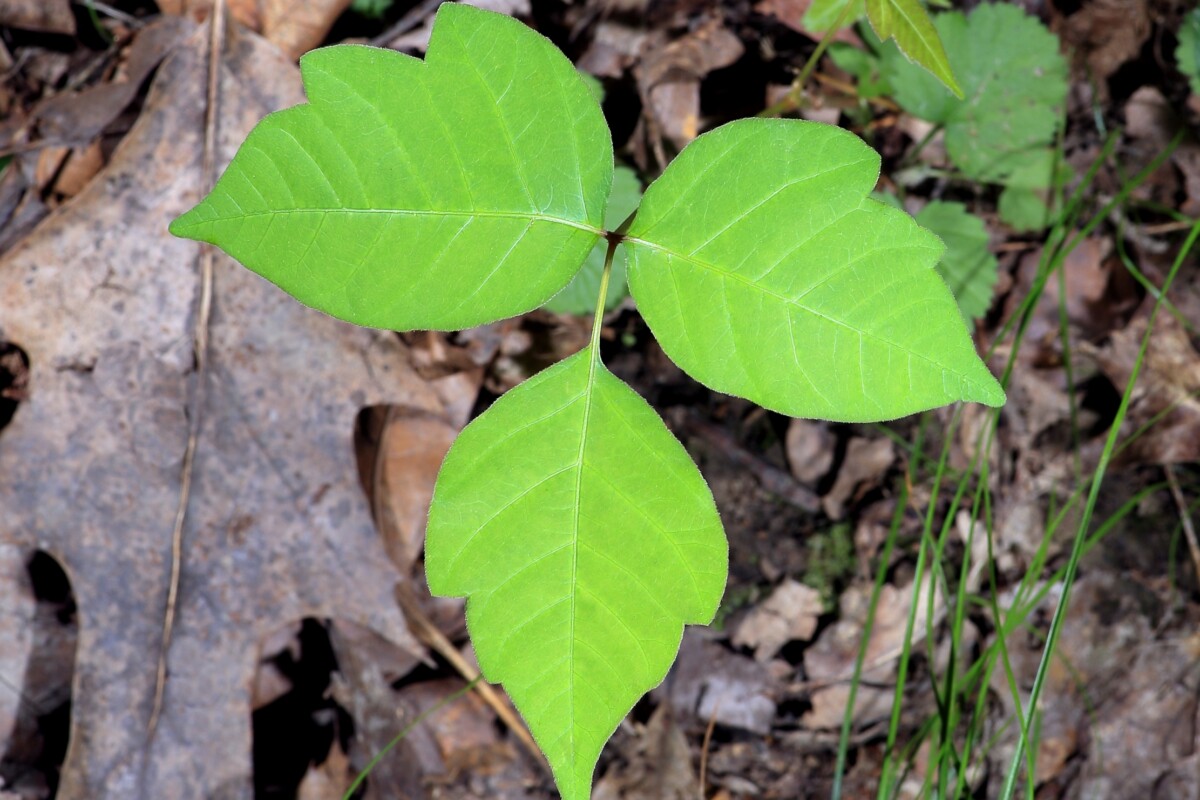Poison Ivy, Poison Oak and Poison Sumac

Poison ivy, poison oak and poison sumac rashes are all caused by an allergy to uroshiol, an oil that is found in all three plants.
Once exposed, the rash doesn’t appear for 12 to 72 hours. This makes it hard to know if you have “caught” the rash. Uroshiol occurs in the stems and roots as well as the leaves of the plants, which means that exposure can cause a reaction even in winter. (Unfortunately, this is the time of year when it is most difficult to recognize these plants.) Identifying Poisonous Plants | NIOSH | CDC
To be on the safe side, if you think you’ve been exposed, immediately use medicated poison ivy soap or a combination of water and alcohol to clean off the area. This will help to decrease or eliminate the oil.
If a rash develops you can start treatment with over-the-counter medications, including corticosteroid cream, calamine lotion and antihistamines. Calamine lotion is a drying agent and antihistamines can help with itching.
Scratching will spread the rash. If left alone, rash will go away on its own in two to three weeks.
If the rash becomes too uncomfortable, see your primary care provider or dermatologist. A prescription steroid ointment or an oral steroid can help with itching. If scratching has caused an infection, an antibiotic may be needed. As with any allergies, if you have an extreme reaction to any of these plants, including difficulty breathing or swallowing, go directly to an emergency room.
